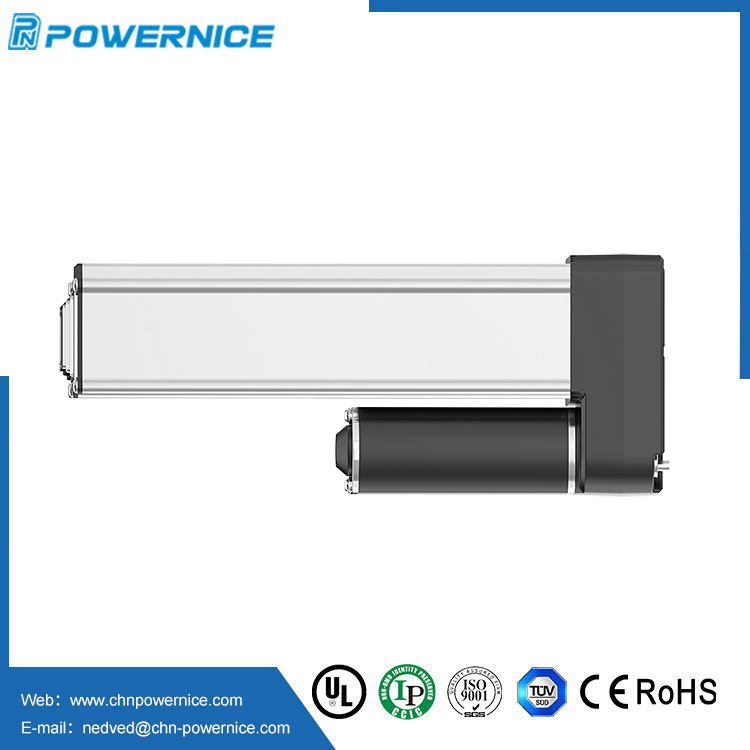Navigating Heights: The Dynamics of Elevator Speed Control with Linear Actuators
2023-12-06
Introduction:
Elevators have become synonymous with modern urban living, seamlessly shuttling individuals between floors of towering structures. The speed of an elevator is a critical factor in ensuring efficiency, comfort, and safety during vertical travel. In this blog, we explore the intricacies of how linear actuators contribute to the control of elevator speed and the various factors that influence this dynamic adjustment.
Understanding Linear Actuators in Elevators:
Linear actuators are electromechanical devices responsible for converting rotational motion into a straight, vertical path. In elevators, these actuators play a pivotal role in controlling the movement of the elevator car along this vertical axis. The speed at which the linear actuator operates determines the overall speed of the elevator.
How is the speed controlled?
1. Variable Frequency Drives (VFD):
Linear actuators in modern elevators often incorporate Variable Frequency Drives (VFDs). VFDs enable precise control over the speed of the electric motor driving the linear actuator. By adjusting the frequency and voltage of the electrical supply to the motor, the elevator system can finely regulate the speed of ascent and descent.
2. Pulse Width Modulation (PWM):
Pulse Width Modulation is a technique used in VFDs to control the speed of the motor. By modulating the width of electrical pulses sent to the motor, the elevator system can achieve smooth and continuous speed adjustments. This method allows for efficient energy use and precise control over the linear actuator's movements.
Factors influencing speed adjustment:
1. Building Height:
The height of the building significantly influences the speed at which the elevator needs to travel. Tall skyscrapers require faster elevator speeds to ensure timely transportation between floors. Linear actuators are adjusted to accommodate the specific vertical distance the elevator must cover.
2. Passenger Comfort:
The comfort of passengers is a crucial consideration. Sudden acceleration or deceleration can lead to discomfort or unease. Linear actuators are programmed to provide smooth and controlled acceleration and deceleration, contributing to a more comfortable ride.
3. Safety Regulations:
Local building codes and safety regulations often dictate the maximum and minimum speeds allowed for elevators. Linear actuators must be calibrated to comply with these regulations, ensuring the safety of passengers and preventing structural stress on the elevator system.
4. Load Capacity:
The weight of the elevator car and its occupants influences the speed at which the linear actuator operates. Actuators are designed to adjust the speed dynamically based on the current load, preventing issues such as over-speeding or sluggish movement.
5. Elevator Design and Purpose:
The intended use of the elevator and its architectural design influence speed requirements. High-traffic commercial buildings may require faster speeds for efficient passenger flow, while residential elevators might prioritize smooth and quiet operation over speed.
6. Energy Efficiency:
Elevator systems are increasingly designed with energy efficiency in mind. Linear actuators are optimized to provide the necessary speed while minimizing energy consumption, contributing to both environmental sustainability and cost-effectiveness.
Conclusion:
In the intricate dance of vertical transportation, the speed control of elevators through linear actuators represents a delicate balance between efficiency, comfort, and safety. With advanced technologies such as Variable Frequency Drives and Pulse Width Modulation, linear actuators empower elevators to adapt their speed dynamically to the unique requirements of each journey. As architects, engineers, and designers continue to push the boundaries of vertical living, the nuanced control of elevator speed becomes an essential element in shaping the future of urban mobility.


